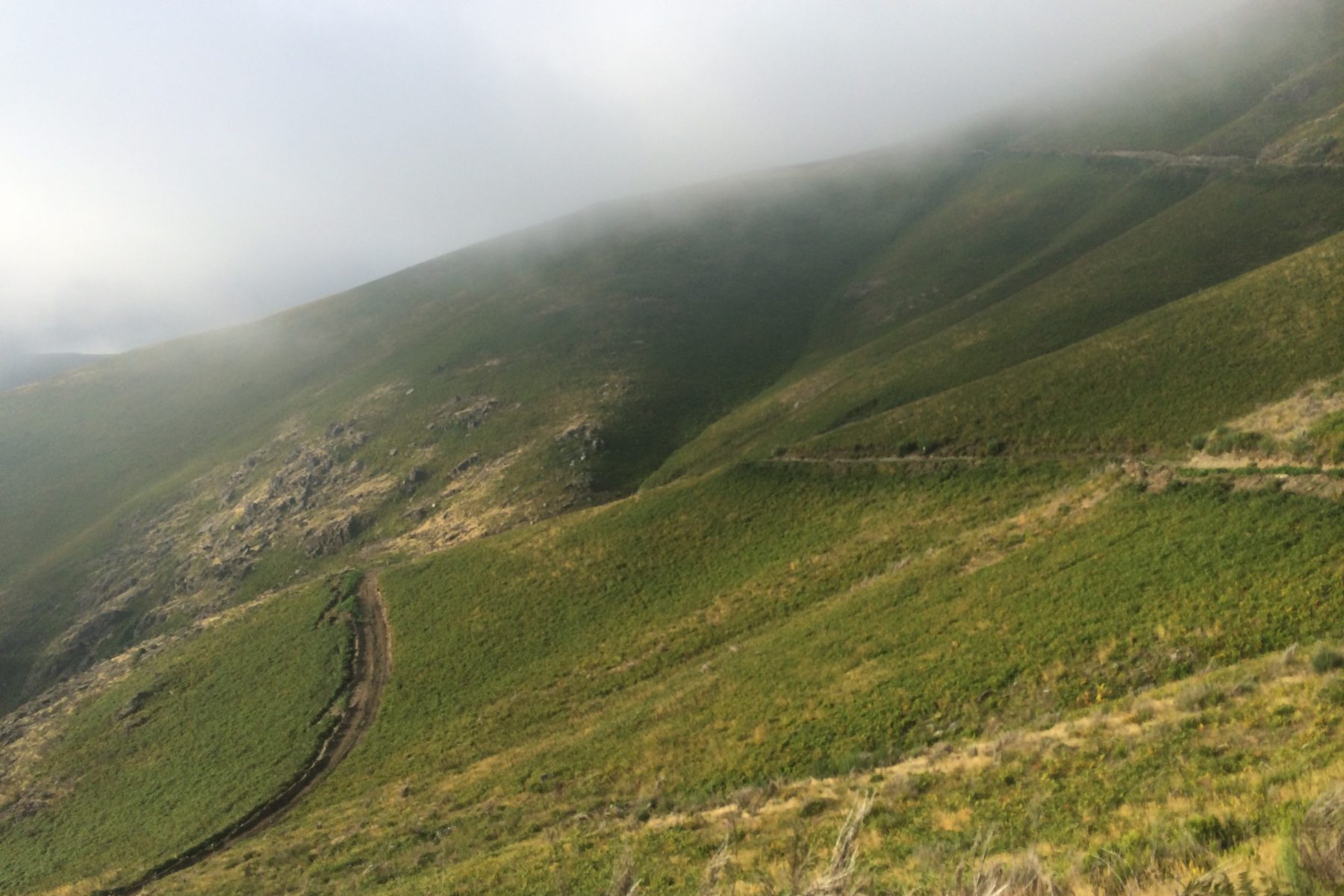A recovery run is something I commonly go for after a challenging workout. The wording comes from the idea of giving the body a low intensity exercise that allows the muscles to recover, get rid of any soreness and get the right amount of effort in your body to naturally refuel it in a healthy manner.
I do most of my recovery runs after a tough race or, as my friend Stefan got me used to, the day immediately after a long run. The pace is usually slow, the goal is to enjoy the view and most of the times release any anxiety by having a nice chat with fellow runners. Races are seldom done alone and hence there’s always someone from the community eager to join one of these relaxed sessions.
After the Martinslauf race I’ve set myself for a nice recovery run last week. At work things were not easing up and after a busy morning I’ve lost the slot to join our runners’ lunch run. Left alone I thought the easiest would be to (contrary to what has been common lately) take some music along and just let it flow.
The run was fantastic! There was a nice breeze in the air, the trail next to the river Rhein fresh and green, grass slightly wet from the frost the night before. The epic music from Two Steps from Hell and Audiomachine (aren’t they both superb?!) had me floating in my thoughts and soon enough a fantastic recovery run was done. Perhaps not necessarily a “recovery” run… the music set a fast tempo and that resulted in a pace too fast. Oh, thoughts aside, it… just… felt… good. Isn’t that the most important thing?
One of the goals for taking the trail was to improve the condition on my right calf. Stiff like a rock since the race, I needed something that could get the muscle back at work and back into a healthy state.
That evening when I got home I was up for a surprise though. While doing a squat at some point in time for some reason I don’t particularly recall, getting up straight revealed a very uncomfortable pain on my right knee, behind the knee cap. Damn!!
I bought a fabulous electronic book from Dr. Jordan Metzl sometime ago titled The Athlete’s Book of Home Remedies. Metzl is a sports medicine physician and an Ironman athlete, a perfect combination of what a runner looks for when having an injury: someone that can help yet understands your passion at the same time. His book is practical and down-to-earth, providing quick identification of symptoms, a brief explanation of its reasons, how to fix it and as well how to prevent it.
Finding the culprit didn’t take me long. That same sore calf I was seeking to cure didn’t provide enough muscle elasticity to absorb floor impact, which went logically to my joints and in particular to my right knee.
So here I am after a week off running, going through tips on how to avoid it next time, which may be helpful for you as well.
- Proper warmup
The first and likely tougher of them all. Most times I want to go for a run, I just can’t wait to get it started. The standard rules say however that a minimum 5 min warming up session can have a significant impact on the remainder of the training. Knees, ankles, hip, upper arms and torso are part of the bare minimum to take care of. A habit I’ll ensure will get back into my routine. A good way of doing it in case you’re in a rush, is to start slow and do it at the start of your run. If you’re addicted to figures from your watch, split the warmup and your true training session, hence allowing yourself to get that motivation kick during the real thing.
- Stretch at the end
Not much to say here, right? There’s studies favouring and others denying it. I keep it to a bare minimum, focusing on legs and back. Never miss it but need to pay more attention at the end of races. It is so natural to go for drinks and social interaction that it gets easily forgotten sometimes.
- Black roll
Having a black roll at home or in your gym is a must, as it is a very practical and convenient manner of stretching the body and getting soreness away from the muscles.
- Strength drills
Ever since I moved into natural running that strength drills are part of my weekly routine, at least once per week. Building strength is a great way of avoiding injury and ensuring that your body is fit to endure the efforts you force it to.
- Fixing the issue
I’ve been applying full rest and ice (at least) once per day, even though the knee doesn’t show any swelling. From an uncomfortable pain behind the knee cap and a reminder of it when going up or down stairs, the knee now seldom demonstrates that the issue is still there – even though it is 🙂
From this week on I’ll be going for Dr. Metzl’s recommendation of employing dynamic rest, by getting back on the bicycle for my work commute, as a means of exercising the knee without any impact. An alternative approach could be pool running, which I’ll avoid as it is more demanding from a logistical point of view.
With the racing season coming to an end, taking some rest overall is not particularly difficult – aside the fact that I’m missing the endorphins and can’t help getting jealous of all the people running around. I’m confident however that soon enough I’ll be back in the trail enjoying the breeze again. If you’re an avid reader of this blog, you’ll know the outcome soon 😉


One Reply to “Patellofemoral knee pain in a recovery run”